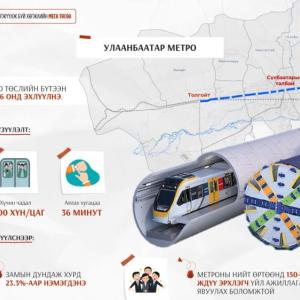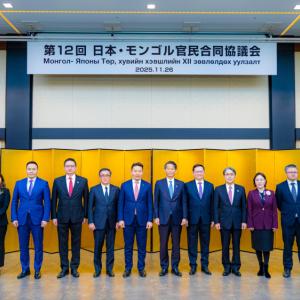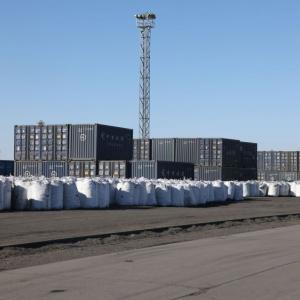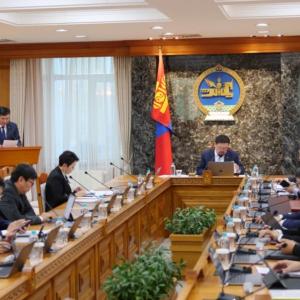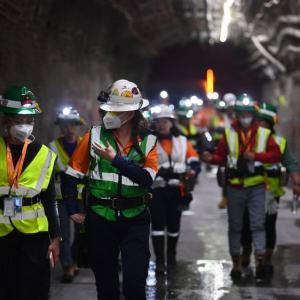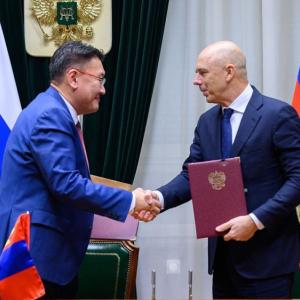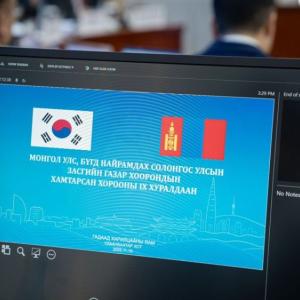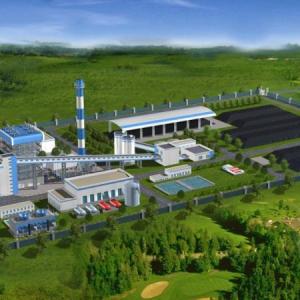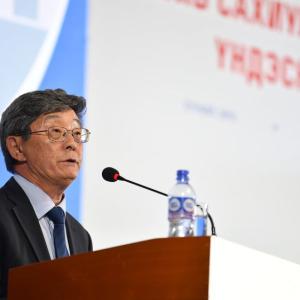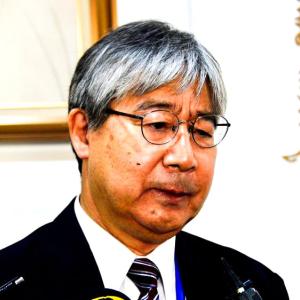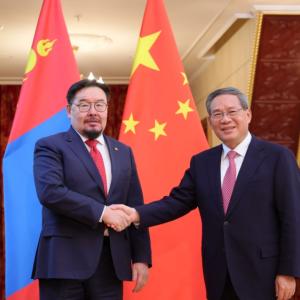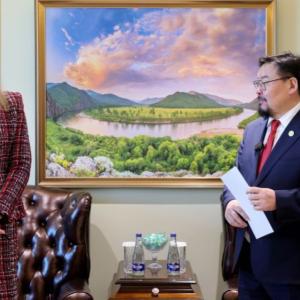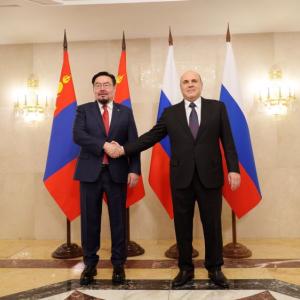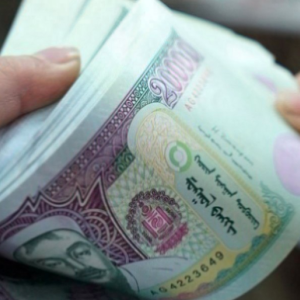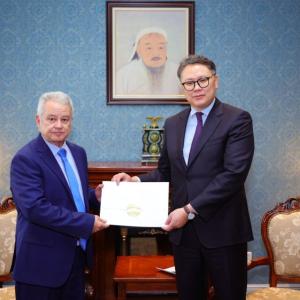Infrastructure for Connectivity and Economic Diversification in Mongolia
Economy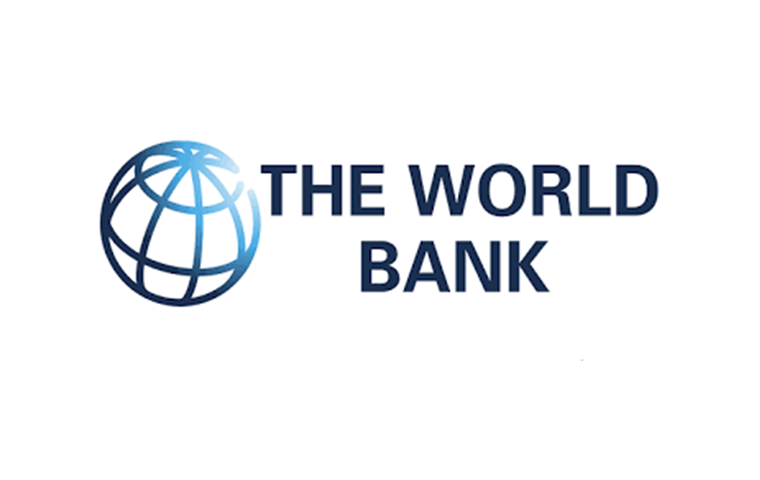
Ulaanbaatar /MONTSAME/
Mongolia needs more selective infrastructure investments that target key value
chains in order to drive growth, lower costs, and boost the competitiveness of
the country’s economy, according to a new World Bank report released today.
The report, Infrastructure for Connectivity and Economic Diversification, analyzes Mongolia’s infrastructure
needs and investment priorities in the context of the country’s geospatial
characteristics, fiscal challenges, and the government’s economic
diversification agenda. It focuses on five key value chains that are likely to
generate the greatest demand for infrastructure services: the livestock
industry, value added mining, tourism, renewable energy, and digital
services.The focus on these selected value chains does not imply, however, that
other sectors should be neglected; it means that these areas are likely to
generate the scale of demand for infrastructure services to shape national
investment decisions.
“Infrastructure is the
backbone of Mongolia’s economy, yet a ‘build and they will come’ approach would
limit economic returns on investments. Instead, infrastructure investments
should be prioritized to unlock new drivers of growth,” said Andrei Mikhnev,
World Bank Country Manager for Mongolia. “In addition to the mining sector,
which has so far been the predominant driver of economic growth, priority
should be given to unleashing growth potential in the livestock, tourism, digital services, and the renewable
energy sectors.”
Mongolia’s population is small
relative to the country’s size, limiting the range of economic activities in
which it has a comparative advantage. The report finds that targeted investments
in meat and iron beneficiation infrastructure have the highest potential to
accelerate growth and reduce the country’s logistics cost, which stands at a
high of 30 percent of GDP.
To improve the meat value
chain, the report suggests establishing a network of strategic hubs in
Ulaanbaatar and eight provinces with the highest concentration of meat and milk
production. Priority should be given to upgrading key parts of the 4,300
kilometers of roads connecting these strategic hubs. Concentrating services in
these hubs would reduce waste, ensure unbroken cold storage chains, and add value
through ancillary services.
The report argues that
improving urban mobility in the capital city will be crucial to promoting
tourism and other services. Improvements in urban mobility should focus on
construction, maintenance, and operations of Ulaanbaatar’s 1,190-kilometer road
network.
As the country enjoys a strong
backbone of digital infrastructure, the report suggests that priority in this
area should be given to strengthening gaps in internet capacity and access,
improving last-mile connectivity, and expanding 4G connectivity in rural areas.
In the mining sector,
selective infrastructure investments can unlock the latent potential of several
mineral value chains. For instance, supplying power to the mines, which
currently only get 44 percent of their power supply from the grid, with the
remainder coming from auto-generation or imports. This offers a major
opportunity for a large revenue base of creditworthy, long-term power
customers.
Similarly, privately financed
mining projects could contribute to building shared railway infrastructure that
is open to multiple uses and users, according to the report. Given limitations
in public budget for infrastructure, Mongolia must leverage more private
financing for developing needed infrastructure by improving the regulatory
framework and investment climate. Efforts should be prioritized on turning the
concessions list of projects into a market-facing credible list of
well-prepared projects, which would help the government redirect its focus to
priority projects and pique investor interest.
Finally, efforts must be made to develop Mongolia’s institutional infrastructure for the selection, planning, and implementation of infrastructure projects. The report recommends establishing a central unit to better manage highly fragmented investments and lack of coordination among agencies.
Source: World Bank
 Ulaanbaatar
Ulaanbaatar














